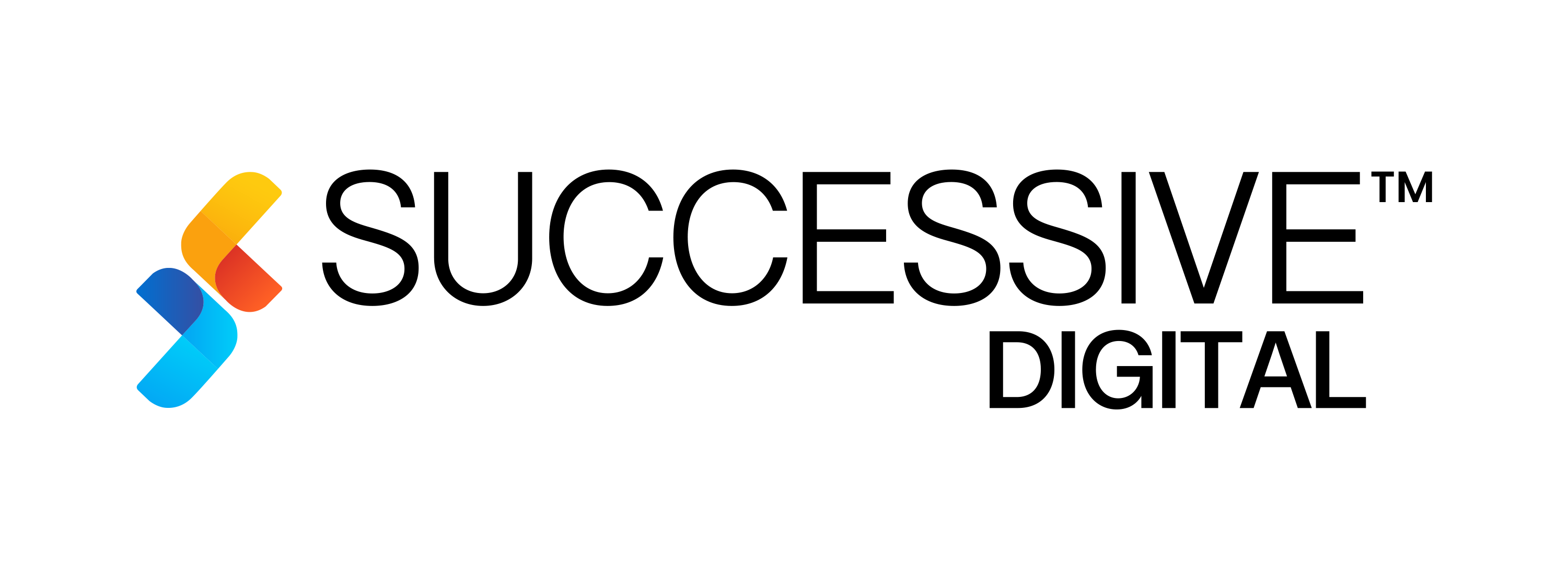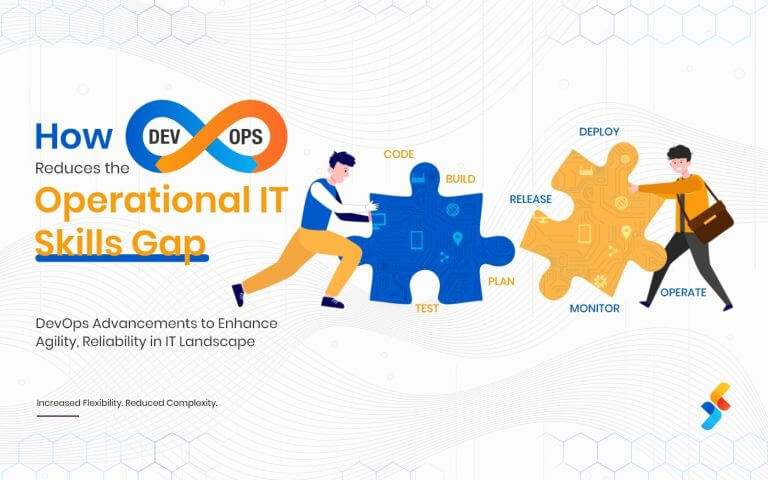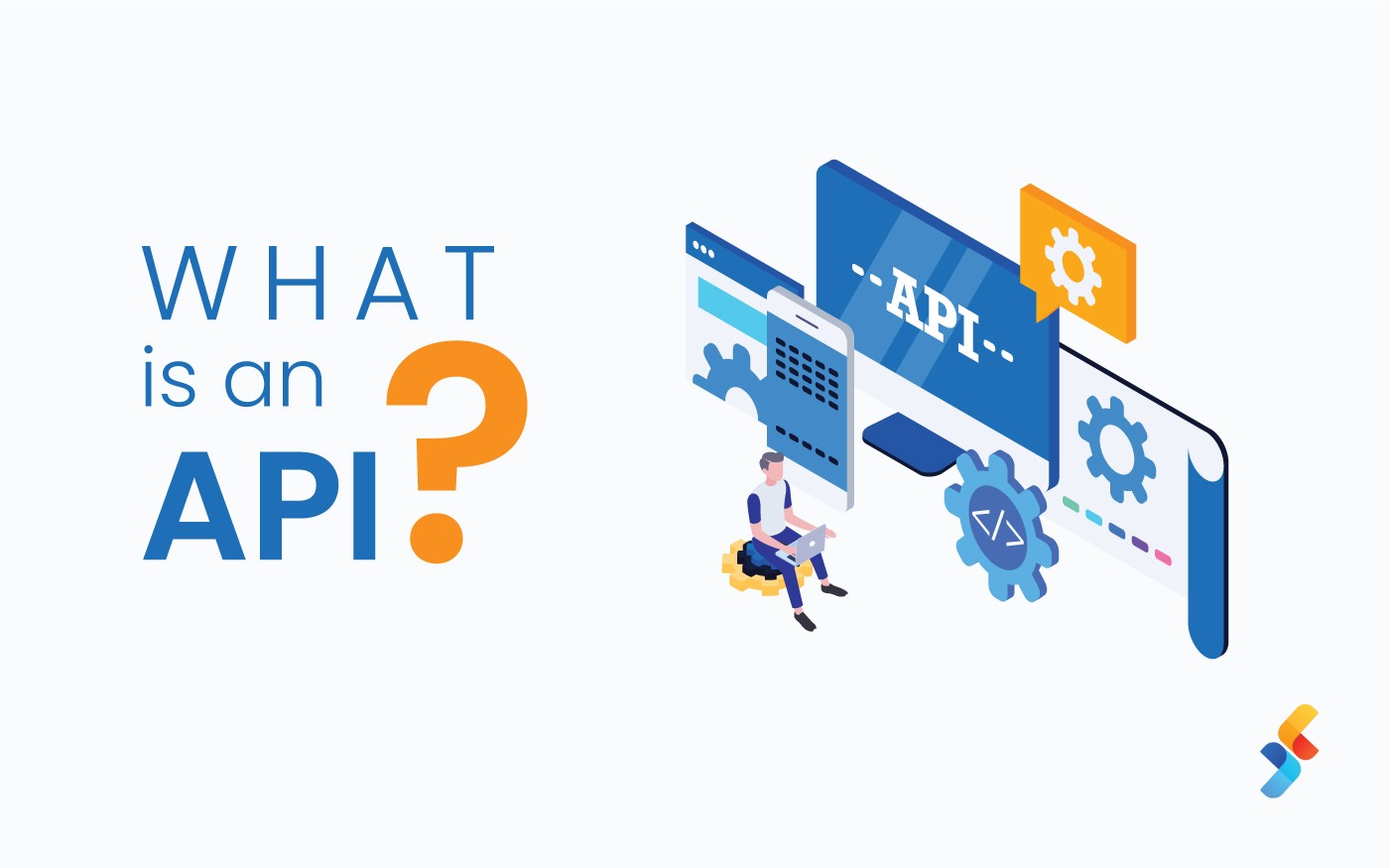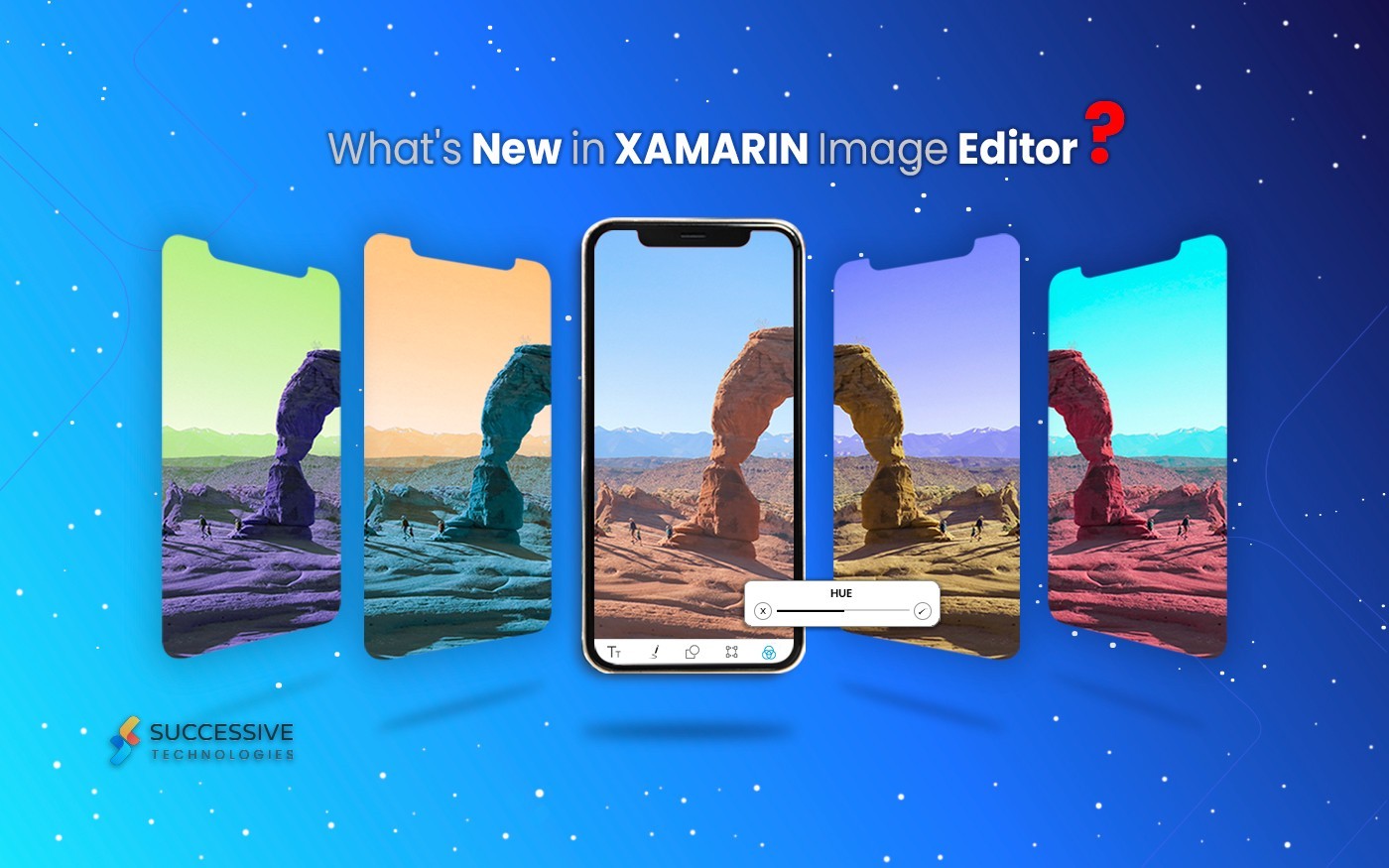Mobile applications are penetrating almost every important sector and industry. And these businesses are widely utilizing them to leverage seamless connections with clients and prospects. With technology advancements, consumer demands, and enhanced adoption of new products & services, modern marketing strategies and business processes heavily rely on the capabilities of mobile apps.
The app market worldwide indicates a steady growth rate of 8.23% per year since 2022, reaching a market volume of US$673.80bn by 2027. Therefore, to capture this growing market, you need an interactive and user-friendly app suitable to your industry needs. Moreover, you need to understand the latest mobile app development trends, utilizing the full potential of mobile applications in your business.
What are the Mobile App Development Trends Redefining 2025?
1. Generative AI in Mobile App Development
Generative AI is one of the latest mobile app development trends introduced in recent years and is expected to grow stronger than ever with advancements in models like OpenAI’s GPT-4, Google’s Bard, and Meta’s LLaMA.
Analyzing a large amount of data set, Gen AI finds patterns and uses them to make content like text, images, or music. Approximately 65% of organizations have reportedly started using gen AI.
Moreover, platforms like Canva, ChatGPT, and Runway have already made generative AI accessible to businesses and individuals by simplifying tasks such as content creation, design, and ideation.
Generative AI can impact mobile app development in various ways, such as:
-
Content Personalization
Apps use generative AI to create dynamic and personalized experiences, such as tailored recommendations, unique designs, and individualized learning paths.
-
Conversational AI
Generative AI powers advanced chatbots and voice assistants, enabling them to generate context-aware and human-like interactions, significantly improving user engagement.
-
App Development Optimization
Developers utilize generative AI to automate coding tasks, create UI/UX designs, and generate testing scripts, speeding up the development lifecycle.
-
Creative Features in Apps
Generative AI allows apps to offer creative capabilities, such as generating music, artwork, or text directly on mobile devices. Apps like Lensa and TikTok integrate these features for media creation and editing.
-
Education and E-Learning Apps
Generative AI enhances e-learning apps by creating personalized study materials, generating quizzes, and even crafting interactive tutorials.
-
Healthcare Applications
Generative AI is used to simulate medical conditions, generate reports, or provide insights based on user inputs, helping in diagnostics and personalized healthcare recommendations.
-
Character Design and Narration in Gaming
Mobile games increasingly use generative AI to create adaptive storylines, dynamic environments, and procedural content generation.
-
Accessibility Features
Apps leverage generative AI to produce real-time captions, language translations, and assistive tools for differently-abled users.
Remarkably, gen AI is used to provide personalized solutions that can enhance user experience. Read our blog, Developing Custom AI Solutions with GenAI, to learn more.
2. AI and ML: Continue to Evolve
The market for artificial intelligence is projected to grow from 184 billion U.S. dollars in 2024 to 826 billion U.S. dollars in 2030. AI and ML technologies enhance user experience, allowing them to perform tasks more efficiently and effectively, such as:
- AI-driven Personalization
- Smart Chatbots
- Image and Voice Recognition
- Predictive Analytics
3. Hyper-Personalization of Fitness Plans With Wearable Technology
Now that the eCommerce industry has seized the market with personalization, with customers being more accustomed to humanized experiences based on their browser history, this mobile app development trend is taking hold in all aspects of health management with bio-data devices.
Personalization in the fitness industry is catering to individual preferences, goals, and physiological needs. Consequently, the global hyper-personalized fitness market is expected to reach USD 26,155.8 Million by 2035. This growth is driven by the increasing adoption of wearable technology, artificial intelligence (AI)-driven platforms, and personalized nutrition plans.
The global digital health tracking apps market size is anticipated to reach USD 77,489.3 Million by 2033. With the rise of wearables and biomarkers, digital health tracking apps will provide more accurate nutrition and lifestyle changes targeted to individual users.
Moreover, digital health applications, such as those for virtual medical consultations and chronic illness management, benefit from personalization by enabling customized wellness plans and enhancing care delivery during specific episodes of care.
The key players in the fitness industry, like Fitbit, Apple, and Garmin, will continue to scale and innovate with the integration of intelligent technology and features like AI-powered insights, big data analytics, blood oxygen monitoring, and machine learning algorithms to customize workout routines and nutritional plans, making hyper-personalized fitness accessible to a broader audience.
4. AR Navigation
With the global mobile augmented reality market size expected to reach around USD 441.25 billion by 2033, developers are experimenting with this technology. 2025 is going to witness advancements in AR navigation, which generates virtual paths over the real world, providing real-time directions using a user’s current & desired location and smartphone camera.
With the rising integration of emerging technologies like AI and ML, navigation apps are becoming more sophisticated and user-friendly. These apps are working towards enhancing the navigation of cities, shopping malls, airports, and other complex environments.
5. Major Improvements in Accessibility
With the growing emphasis on customer experience, mobile app development in 2025 is expected to prioritize advanced accessibility features to enhance inclusivity. The focus is on creating an equivalent experience, even for people with disabilities.
Thereby, you can reach a wide range of users considering how people with special needs can interact with your application and accept it to their daily routine.
There are many tools used by people with disabilities who rely on assistive technologies, such as:
- Screen readers
- Text-to-speech software
- Magnifiers
- Mouth sticks
And AI will play a critical role in creating a more integrated and inclusive future of mobile apps.
Moreover, advancements in computer vision and speech-to-text will fulfill the purpose of accessibility, ensuring people with disabilities can access information, services, and products on their smartphones. Simultaneously, voice-first and gesture-based interfaces will be the center point of app development for people with mobility impairments.
6. Voice Recognition And Command
We are already witnessing the surging market of voice recognition and command technology, which will continue to advance in 2025. As per Grand View Research, the voice and speech recognition industry is going to reach a projected revenue of US$ 53,668.7 million by 2030 globally.
One of the most significant improvements in voice recognition technology will be the increase in precision and efficiency. With the integration of AI technology, applications can process commands like live transcription and voice-activated controls faster with more accuracy.
Digital, hands-free interactions and multi-step conversations, along with extensive multilingual and regional dialects capabilities, will hold the future of voice command. The AI assistants will be able to switch between them seamlessly within a single conversation, creating competitive user experiences.
Leverage the increasing market of audio-focused app development! Read our blog to learn how you can develop your own AI voice assistant app like Alexa.
7. Emotional Intelligence
With the global Emotional Intelligence market growing at a compound annual growth rate (CAGR) of 26.20% from 2024 to 2031, more mobile apps will incorporate these features in 2025, such as:
- Voice modulation analysis
- Facial expression mapping
- Text sentiment analysis
- Emotion-driven marketing
- Emotionally-aware collaboration tools
- Real-time emotional recognition
Incorporating such functionalities can enhance user engagement by adapting app responses based on emotional cues. Thus, adapting to this mobile app development trend will set new benchmarks for personalization and engagement. Therefore, developers will focus more on empathy-driven app interactions, creating an emotionally resonant user experience.
Transformative Applications
- Voice Assistants
Analyze tone and pitch to detect emotions and sentiments, customizing responses accordingly.
Example: Providing empathetic replies during user frustration
- Wearables
Smartwatches and fitness bands will monitor physiological signals to detect emotions, offering real-time stress management tools.
Example: heart rate variability, skin conductivity
- Virtual Reality
Creating immersive environments that match or modify a user’s emotional state for therapy, education, or entertainment.
Key Anticipated Technologies
- Multimodal Emotion Recognition
Integrating voice, facial expressions, gestures, and text for holistic emotional analysis.
- Generative AI with Emotional Tuning
Creating AI models that can convincingly mimic human empathy and emotional responses.
- Edge EI Processing
Performing emotional analysis locally on devices to ensure privacy and real-time responsiveness.
8. Super Apps
One of the crucial mobile app development trends is “Super Apps,” which provide multiple services in one place, including:
- Payment
- Instant Messaging
- Chat Functionality
- Time Tracking
Super apps are designed to offer a unified and consistent experience across all devices without managing dozens of apps or remembering multiple passwords. Since it eliminates the need to switch between different applications, several businesses are adapting to this model and succeeding.
Some of the well-known super apps are:
- Alipay
- Paytm
- Google Pay
- LINE
- Meta (Facebook)
By the end of 2025, we will likely see more businesses adopting this mobile app development trend, focusing on super apps, creating new revenue streams, and driving unprecedented user engagement.
9. On-Demand App Development
The on-demand economy is rising and remains strong, attracting more than 22.4 million consumers annually and $57.6 billion in spending. Thus, we will see mobile app development trends leaning towards on-demand services, such as:
- Online saloon and beauty services
- Pet care
- Cleaning and babysitting services
Business owners can utilize this vast market and gain profit from it by providing unique services and functionalities as per the users’ needs. Thus, working with a mobile app development company is the right choice for businesses to gain more visibility.
Moreover, on-demand app development can offer more than revenue benefits; it can help you gain the trust of potential customers and raise brand awareness. Therefore, 2025 is the right year to invest in the less-dominated niche of on-demand services and establish your brand.
10. Focus on Privacy and Security
With the growing use of Gen AI, Cloud, and other intelligent technologies, a considerable amount of data is generated and processed. This sensitive information, when used for any malicious purpose, can cause reputational as well as financial damage to the business.
According to an Apple-commissioned study published in 2022, 2.6 billion personal records were compromised by data breaches in the past two years, and this number has been increasing. Since cyberattacks—especially data breaches—are on the rise with the growing number of connected devices, we will see more focus on the privacy and security of applications.
Though security is not one of the latest trends in mobile app development, in 2025, we will see more use of end-to-end encryption inside mobile apps. Furthermore, businesses will ensure compliance with industry standards and best practices for more trustworthy app development.
11. Metaverse and Digital Twins
As AR, VR, and XR have matured significantly and with 5G technology finally dominating the market, we will see metaverse integration in apps in 2025, creating more interactive and immersive experiences.
Evolving from an abstract concept, the trend of metaverse and digital twins will extend into real-world experiences, solving actual human problems.
For Example:
- Creating interactive gaming experiences
- Virtual meeting apps
- Immersive retail experiences
Thus, 2025 will be the year of creating more meaningful connections and experiences beyond fantasy lands that significantly improve information retention.
12. 5G Technology
The rollout of 5G networks was accelerated in 2024, leading to faster and more reliable mobile connectivity. Hence, it enabled new opportunities for mobile app development, such as:
- High-quality streaming
- Real-time multiplayer gaming
- Enhanced AR/VR experiences
In 2025, businesses can leverage many benefits from 5G technology, such as:
- Faster Download and Upload Speeds
- Improved performance of mobile apps
- Enhanced connectivity—ideal for IoT applications
- Improved coverage—access mobile apps in more locations
Conclusion
Staying updated with the mobile app development trends means businesses can develop and deliver robust, feature-rich applications faster. Knowledge is power! And in the mobile app development space, it can help your company stay ahead of the curve with creative applications.
If you want to develop such applications, partner with a reliable mobile app development company like Successive Digital, which has more than a decade of experience in this industry. With a team of 800+ experienced professionals, we have served 100+ clients with successful deployment of digital transformation solutions.












